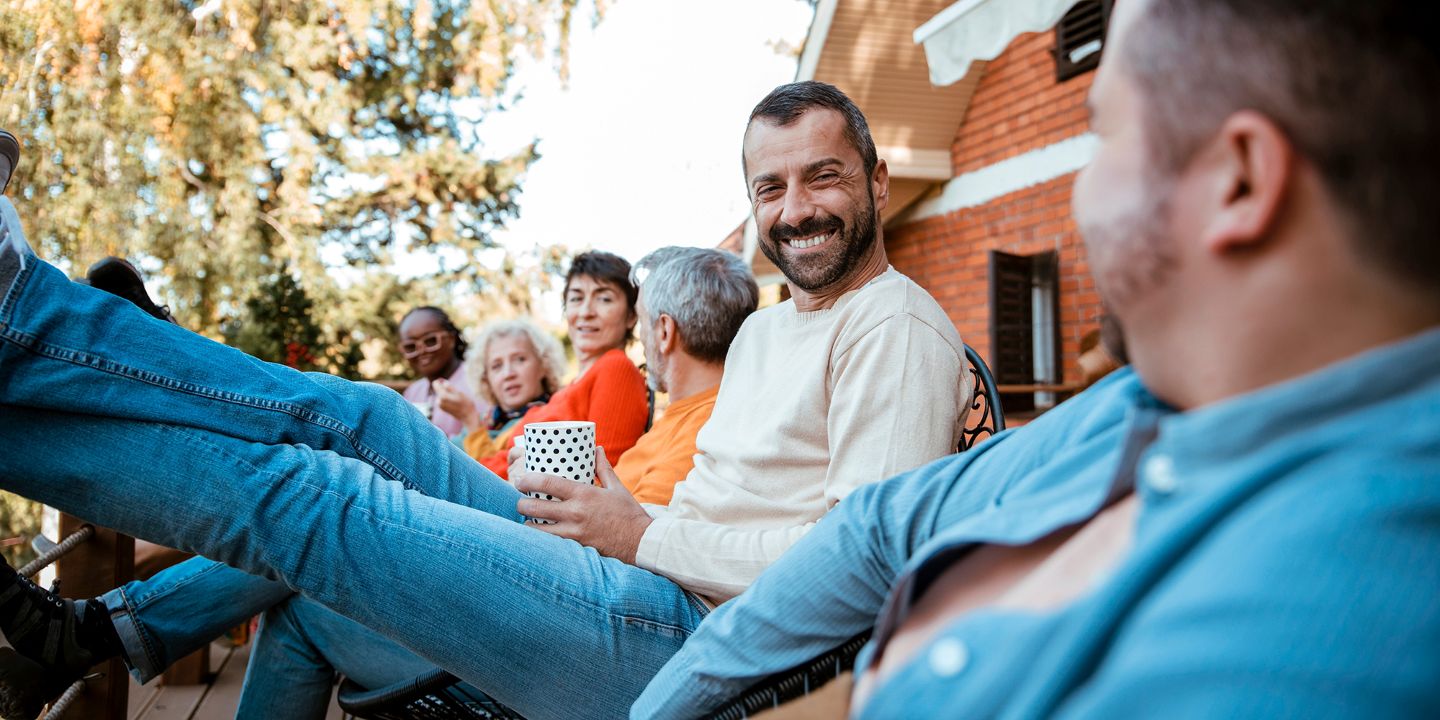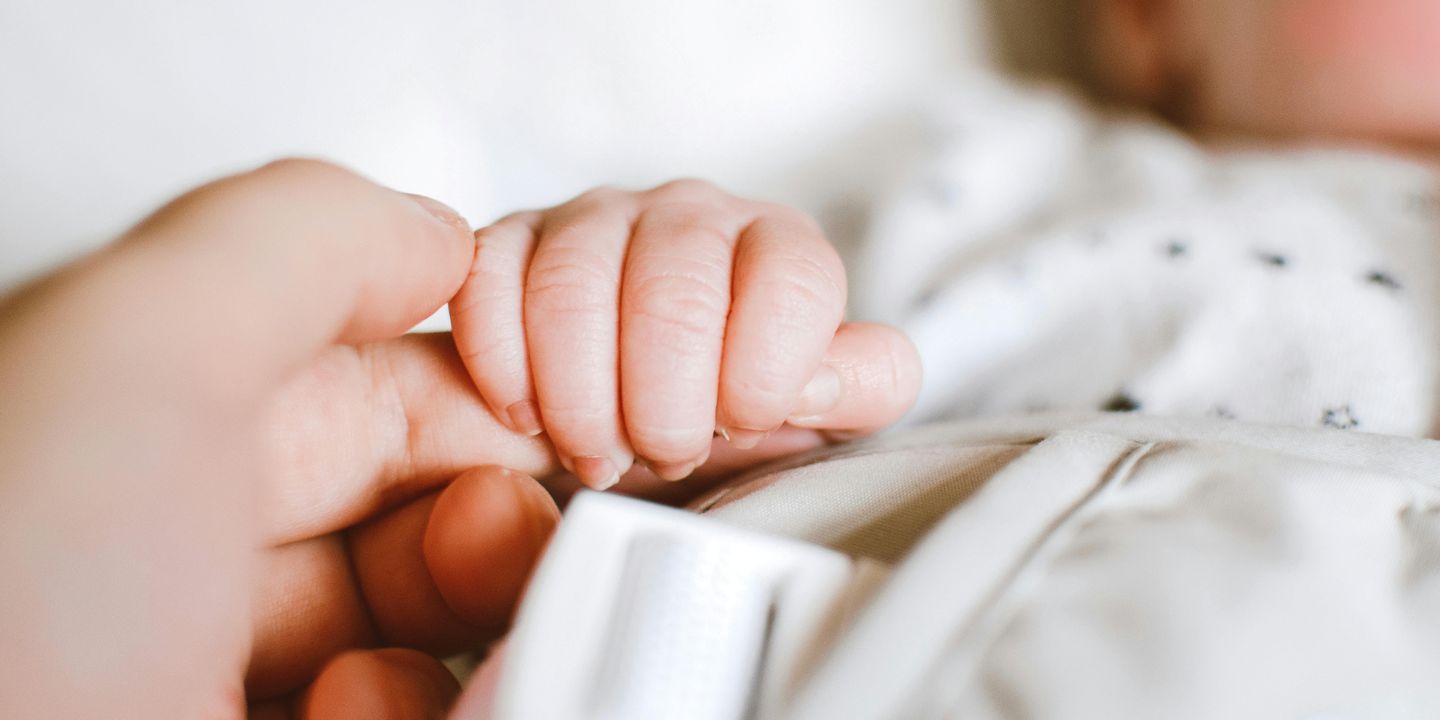Blisters – those annoying fluid-filled bubbles that pop up at the most inconvenient times. Various factors, such as friction, burns, or insect bites, can cause them. But here's the kicker: blisters can get infected, and knowing how to recognize the signs and take appropriate action is essential. Visit AFC Urgent Care Aurora Saddle Rock for same-day care.
Causes and Symptoms of Blisters
Blisters are typically the body's way of protecting itself from damage caused by friction, heat, or irritants. When the top layer of your skin separates from the lower layers, a small pocket of fluid forms to cushion the area, known as blisters.
Some common causes of blisters are:
- Friction
- Burns
- Insect Bites
The symptoms of blisters typically involve a raised, fluid-filled bump on the skin. They can be painful, especially if the blister is large or in an area prone to irritation.
Identifying the Signs of an Infected Blister
Blisters get infected, and recognizing the signs of an infected blister is vital for treatment. So, here are the signs that you need to look out for:
- Increased Pain: If your blister becomes increasingly painful, it could be a sign of infection.
- Redness and Swelling: An infected blister often appears red and swollen around the affected area. This inflammation is the body's response to the infection.
- Heat: If the area around the blister feels warm to the touch, it might indicate infection. Infections can cause localized heat due to increased blood flow.
- Pus or Discharge: Any discharge, especially yellow or green, is a clear sign of infection. Healthy blisters usually contain clear fluid.
- Fever: In severe cases, an infected blister can lead to a systemic infection, causing fever and chills.
Treating Infected Blisters & When To Seek Medical Attention
If you suspect your blister is infected, taking action promptly to prevent further complications is crucial. Here's what you can do:
- Keep it Clean: Clean the area gently with mild soap and warm water. Avoid harsh scrubbing, as it can worsen the infection.
- Apply an Antibiotic Ointment: After cleaning, apply an over-the-counter ointment and cover the blister with a sterile bandage.
- Don't Pop It: Resist the temptation to pop the blister. Popping can introduce more bacteria and increase the risk of infection.
- Elevate and Rest: If the infected blister is on your foot or another area prone to pressure, keep it elevated and avoid putting weight on it.
If the blister shows no improvement within a few days, becomes increasingly painful, or if you develop a fever, it's time to see a healthcare professional. They may need to drain the blister, prescribe antibiotics, or take other measures to treat the infection.
Get Same-Day Care at AFC Urgent Care Aurora Saddle Rock
Blisters can get infected, and it's crucial to be vigilant for signs of infection. You can ensure a swift and healthy recovery by taking proper care and seeking medical attention when needed. AFC Urgent Care Aurora Saddle Rock is open seven days a week. Walk-in at your convenience!


